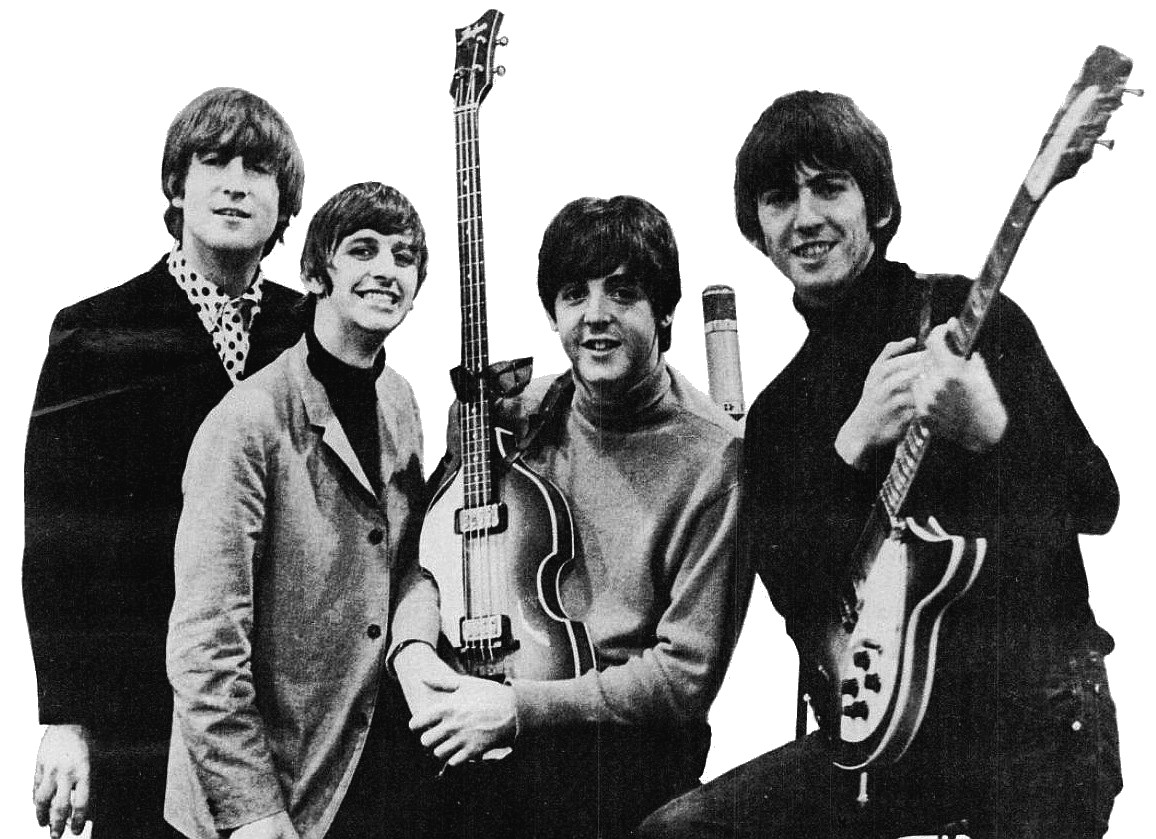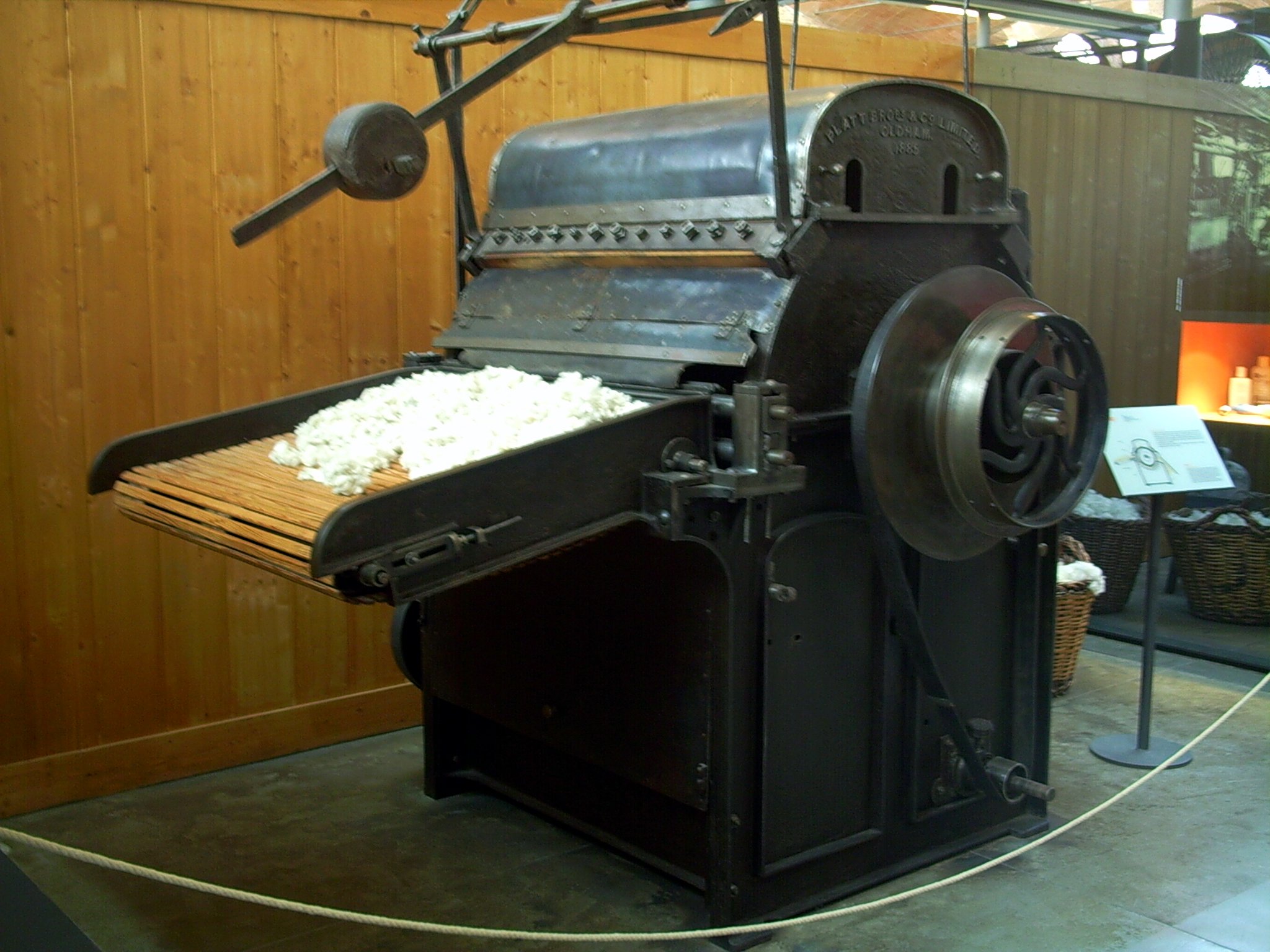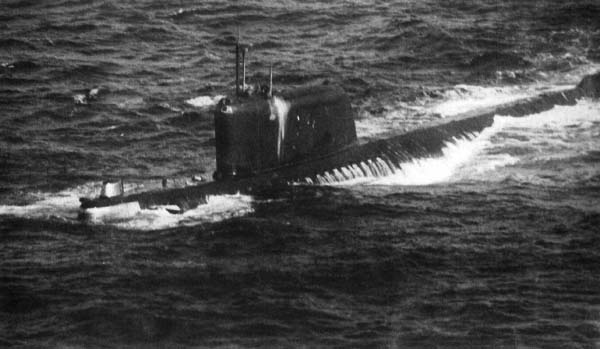|
Vladimir Romanov
Vladimir Nikolayevich Romanov ( rus, –í–Ľ–į–ī–ł–ľ–ł—Ä –Ě–ł–ļ–ĺ–Ľ–į–Ķ–≤–ł—á –†–ĺ–ľ–į–Ĺ–ĺ–≤, p=vl…źňąd ≤im ≤…™r n ≤…™k…źňąlaj…™v ≤…™t…ē r…źňąman…ôf; ; born 15 June 1947)Romanov: lord of the dance ''Scotland on Sunday'', 23 December 2007 is a Russian-Lithuanian businessman. He was chairman of UBIG Investments, which owned a majority of the shares in failed Lithuanian bank . Cash flow from the bank enabled him to stake significant stakes in various sporting clubs, becoming the majority shareholder in both |
FBK Kaunas
Kauno futbolo ir beisbolo klubas, commonly known as FBK Kaunas, was a Lithuanian football club from the city of Kaunas. History Banga Kaunas (1960‚Äď1993) The roots of the club can be traced back to 1960 when Banga Kaunas was founded and they played its first three years in the Soviet First League. Afterwards the club decided to play in the Lithuanian SSR Championship and they did so until 1990. In that period they won two Lithuanian SSR Championship's. One in 1986 and another in 1989. When Lithuania regained independence in 1991 A Lyga was created and they played as Banga Kaunas until 1993 before the club changed its name. FBK Kaunas (1993‚Äď1999 and 2000‚Äď2012) The club changed its name in 1993 to Kauno futbolo beisbolo klubas. The club had in its first years not such a great success and FBK Kaunas had to wait until 1999 before they could lift a trophy again. Club was shortly renamed to ŇĹalgiris Kaunas after the 9th round of 1999 A Lyga, but only carried the name for the r ... [...More Info...] [...Related Items...] OR: [Wikipedia] [Google] [Baidu] |
Vladimir Romanov (serial Killer)
Vladimir Ivanovich Romanov (; 5 December 1950 ‚Äď 12 October 2006), known as the Kaliningrad Maniac (), was a Soviet-Russian serial killer and child rapist. Between 1991 and 2005, he committed at least 12 murders associated with rape. Biography Romanov lived in the town of Bagrationovsk. In 1991, he committed the double murder of teenage girls whose bodies he later buried. Due to the absence of the corpses, the victims were considered missing and the case remained unsolved. During the same year, he raped a 12-year-old girl and tried to strangle her. The victim remained alive and gave a description of the offender, with Romanov being arrested soon after and sentenced to 10 years in prison. While in prison, he was raped by another inmate. After his release in 2001, Romanov began working as a driver for hire. In order not to go to prison again, Romanov carefully planned his crimes. His victims were young girls and women between 12 and 19 years, whom he always raped and then kille ... [...More Info...] [...Related Items...] OR: [Wikipedia] [Google] [Baidu] |
Popular Music
Popular music is music with wide appeal that is typically distributed to large audiences through the music industry. These forms and styles can be enjoyed and performed by people with little or no musical training.Popular Music. (2015). ''Funk & Wagnalls New World Encyclopedia'' As a kind of popular art, it stands in contrast to art music. Art music was historically disseminated through the performances of written music, although since the beginning of the recording industry, it is also disseminated through sound recording, recordings. Traditional music forms such as early blues songs or hymns were passed along orally, or to smaller, local audiences. The original application of the term is to music of the 1880s Tin Pan Alley period in the United States. Although popular music sometimes is known as "pop music", the two terms are not interchangeable. Popular music is a generic term for a wide variety of genres of music that appeal to the tastes of a large segment of the populati ... [...More Info...] [...Related Items...] OR: [Wikipedia] [Google] [Baidu] |
Textile Manufacturing
Textile manufacturing or textile engineering is a major industry. It is largely based on the conversion of fibre into yarn, then yarn into fabric. These are then dyed or printed, fabricated into cloth which is then converted into useful goods such as clothing, household items, upholstery and various industrial products. Different types of fibres are used to produce yarn. Cotton remains the most widely used and common natural fiber making up 90% of all-natural fibers used in the textile industry. People often use cotton clothing and accessories because of comfort, not limited to different weathers. There are many variable processes available at the spinning and fabric-forming stages coupled with the complexities of the finishing and colouration processes to the production of a wide range of products. History Textile manufacturing in the modern era is an evolved form of the art and craft industries. Until the 18th and 19th centuries, the textile industry was a household work ... [...More Info...] [...Related Items...] OR: [Wikipedia] [Google] [Baidu] |
Aluminium Smelting
Aluminium smelting is the process of extracting aluminium from its oxide, alumina, generally by the Hall-Héroult process. Alumina is extracted from the ore bauxite by means of the Bayer process at an alumina refinery. This is an electrolytic process, so an aluminium smelter uses huge amounts of electric power; smelters tend to be located close to large power stations, often hydro-electric ones, in order to hold down costs and reduce the overall carbon footprint. Smelters are often located near ports, since many smelters use imported alumina. Layout of an aluminium smelter The Hall-Héroult electrolysis process is the major production route for primary aluminium. An electrolytic cell is made of a steel shell with a series of insulating linings of refractory materials. The cell consists of a brick-lined outer steel shell as a container and support. Inside the shell, cathode blocks are cemented together by ramming paste. The top lining is in contact with the molten metal a ... [...More Info...] [...Related Items...] OR: [Wikipedia] [Google] [Baidu] |
Private Banking
Private banking is a general description for banking, investment and other financial services provided by banks and financial institutions primarily serving high-net-worth individuals (HNWIs) ‚Äď those with very high income or substantial assets. Private banking is presented by those who provide such services as an exclusive subset of wealth management services, provided to particularly affluent clients. The term "private" refers to customer service rendered on a more personal basis than in mass-market retail banking, usually provided via dedicated bank advisers. It has typically consisted of banking services (deposit taking and payments), discretionary asset management, brokerage, limited tax advisory services and some basic concierge services, typically offered through a gateway provided by a single designated relationship manager. History Banking originated in provision of some services of what is now seen as "private" banking. Early Venetian banks provided personal fin ... [...More Info...] [...Related Items...] OR: [Wikipedia] [Google] [Baidu] |
ҙkio Bankas
ҙkio Bankas was a Lithuanian commercial bank based in Kaunas. More than 50% of shares are owned by Lithuanian businessman Vladimir Romanov who therefore was in the control of the bank. It was the fifth largest and oldest private bank in Lithuania. In October 2006, during an internet conference on the news portal Delfi.lt Vladimir Romanov announced his plans to sell his shares to the strategic investor. GE Money, a branch of General Electric, as one of the possible buyers was mentioned by Romanov. In common with other banks ҙkio Bankas suffered from the effects of credit crunch and on 26 August 2008, rating agency Standard & Poor downgraded the banks status from stable to negative. The organisation sponsored the Lithuanian football club FBK Kaunas and the Scottish team Hearts. Romanov was the owner of Hearts and a board member of FBK Kaunas. ҙkio bankas has been associated with money laundering known as the ҙkioLeaks or Troika Laundromat. Reported by Organized Crime ... [...More Info...] [...Related Items...] OR: [Wikipedia] [Google] [Baidu] |
History Of The Soviet Union (1985‚Äď1991)
The history of the Soviet Union (USSR) (1922‚Äď91) began with the ideals of the Russian Bolshevik Revolution and ended in dissolution amidst economic collapse and political disintegration. Established in 1922 following the Russian Civil War, the Soviet Union quickly became a one-party state under the Communist Party of the Soviet Union, Communist Party. Its early years under Vladimir Lenin, Lenin were marked by the implementation of socialist policies and the New Economic Policy (NEP), which allowed for market-oriented reforms. The rise of Joseph Stalin in the late 1920s ushered in an era of intense centralization and totalitarianism. Stalin's rule was characterized by the forced Collectivization in the Soviet Union, collectivization of agriculture, rapid Industrialization in the Soviet Union, industrialization, and the Great Purge, which eliminated perceived enemies of the state. The Soviet Union played a crucial role in the Allies of World War II, Allied victory in World War ... [...More Info...] [...Related Items...] OR: [Wikipedia] [Google] [Baidu] |
K-19
K19 may refer to: * K-19 (Kansas highway) * ''K-19: The Widowmaker'', an American historical drama film * K19 pipe, a diatreme in Northern Alberta, Canada * Albany Municipal Airport (Missouri) * Keratin 19, a human protein * , a Soviet submarine * Symphony No. 4 (Mozart), listed K.19 in the Kochel catalogue {{Letter-NumberCombDisambig ... [...More Info...] [...Related Items...] OR: [Wikipedia] [Google] [Baidu] |
Soviet Submarine K-19
''K-19'' was the first submarine of the Project 658 ( Russian: –Ņ—Ä–ĺ–Ķ–ļ—ā-658, ''Projekt-658'') class (NATO reporting name ), the first generation of Soviet nuclear submarines equipped with nuclear ballistic missiles, specifically the R-13 SLBM. The boat was hastily built by the Soviets in response to United States' developments in nuclear submarines as part of the arms race. Before she was launched, 10 civilian workers and a sailor died due to accidents and fires. After ''K-19'' was commissioned, the boat had multiple breakdowns and accidents, several of which threatened to sink the submarine. On its initial voyage on 4 July 1961, ''K-19'' suffered a complete loss of coolant to one of its two reactors. A backup system included in the design was not installed, so the captain ordered members of the engineering crew to find a solution to avoid a nuclear meltdown. Sacrificing their own lives, the engineering crew jury-rigged a secondary coolant system and kept the reactor f ... [...More Info...] [...Related Items...] OR: [Wikipedia] [Google] [Baidu] |
Soviet Navy
The Soviet Navy was the naval warfare Military, uniform service branch of the Soviet Armed Forces. Often referred to as the Red Fleet, the Soviet Navy made up a large part of the Soviet Union's strategic planning in the event of a conflict with the opposing superpower, the United States, during the Cold War (1945‚Äď1991). The Soviet Navy played a large role during the Cold War, either confronting the North Atlantic Treaty Organization in western Europe or power projection to maintain its Warsaw Pact, sphere of influence in eastern Europe. The Soviet Navy was divided into four major fleets: the Soviet Northern Fleet, Northern, Pacific Fleet (Russia), Pacific, Black Sea Fleet, Black Sea, and Baltic Fleet, Baltic Fleets, in addition to the Leningrad Naval Base, which was commanded separately. It also had a smaller force, the Caspian Flotilla, which operated in the Caspian Sea and was followed by a larger fleet, the 5th Operational Squadron, 5th Squadron, in the Mediterranean Sea. The ... [...More Info...] [...Related Items...] OR: [Wikipedia] [Google] [Baidu] |




